NAPA VALLEY, Calif. — Those who live and travel in Napa Valley today are enjoying the lands that were once those of the Indigenous Wappo people. In his book titled “Handbook of the Indians of California,” ethnographer A.L. Kroeber explains that up to 3,000 Wappo and Wintun people lived in the Napa Valley around 1843. That number includes those who inhabited the Russian River region near Healdsburg. The Patwin people also resided in what is now the Napa Valley.
The rivers, streams and forests were conducive to fish and game, along with myriad plants that grew in abundance and provided food, shelter and medicine for the people who had resided on the land for more than 12,000 years. Books such as “Native American Garden: A Guide to Plants and Their Uses,” published by Bothe-Napa Valley State Park, and “Edible and Useful Plants of California” by Charlotte Bringle Clarke and published by the University of California Press reveal that many of the plants used by the Indigenous people are still enjoyed today.
One important food was the nut of the pepperwood or bay laurel tree. The tree's bay leaves have been utilized for aiding headaches and the leaves made into a concoction to ease the pain of rheumatism. In times past, a group harvested 3 to 4 bushels of bay nuts per year. These were then peeled, dried and ground to be used as a condiment. Nutritious bay nuts hold starches and fats and were also pounded and prepared to use as a kind of bread. Once the nuts were dried, they were consumed all through the long winter. Pioneers also used the leaves as an insecticide to rid their homes of fleas and other insects.
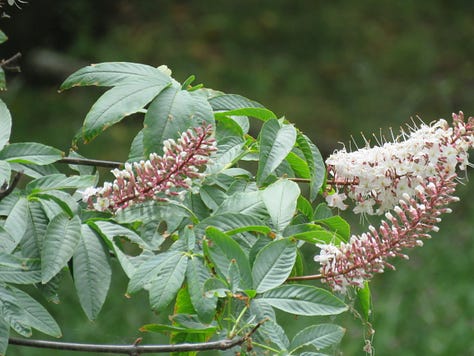
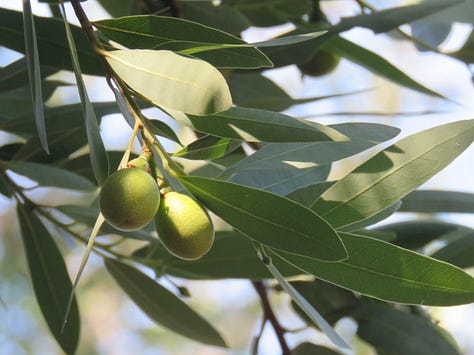
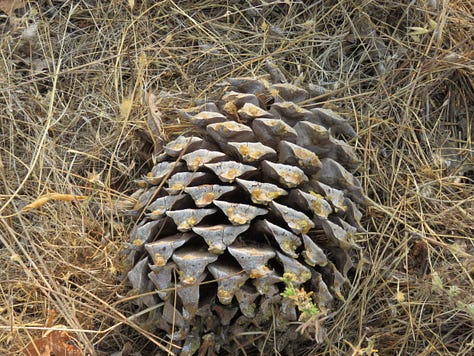
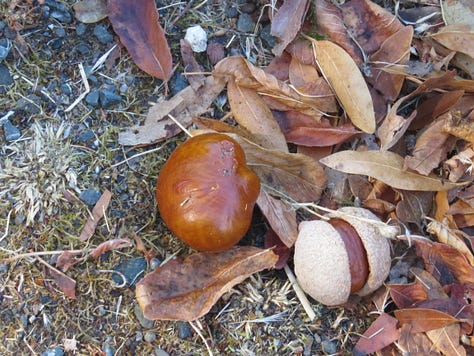

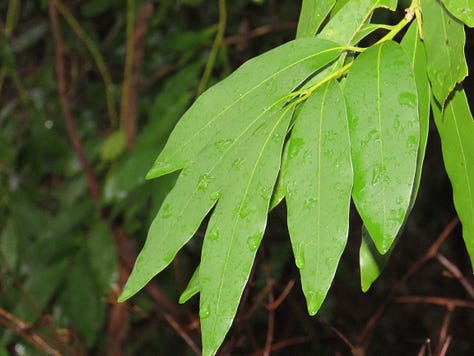
Pine nuts from the gray pine were a favorite staple. In fact, pine nuts have played a significant part as a traditional resource for Indigenous people all throughout the West. Certain pine trees only yield once in three or four years, however. The Wappo preferred pine nuts, which they called “Nayo,” because of their appetizing flavor, high calorie count and nutritional content such as protein and carbohydrates. Pine nuts could be gathered before the pine cones opened and dropped by using poles to knock the cones out of the tree. A strong tool could be utilized to break open the pine cones to collect seeds that could be consumed raw or roasted.
Although more labor-intensive than waiting for the cones to drop naturally, this way of harvesting ensured that there was less competition for the food with squirrels and other seed-eaters. After seeds were collected, they could then be dried for later use. Once they were dry, they could be pounded into a flour. Pine pitch was chewed like a chewing gum, while the large cones could be added to a cook fire as kindling.
The buckeye or horse chestnut tree is visible as it grows on slopes and canyons since it reaches a height of about 40 feet. Flowering trees are fragrant with pink-hued banana-shaped inflorescences. Later its seeds are a distinctive mahogany brown, around 2 inches in diameter and smooth. They are typically suspended from the trees in late summer or on into early winter. The nuts are poisonous unless prepared properly. Similar to acorns, they are boiled and then leached to remove the tannins. The Natives preferred acorns over buckeyes, but these large nuts were useful when acorn stores were low.
Many species of oaks were abundant, but it was the California black oak and the tanbark oak that the Wappo people preferred. Acorns were typically gathered in the fall, then pounded into flour with a mortar and pestle. After a “bowl” was dug into the sand near a creek, they leached them by pouring water over the flour. This leaching step was important as it rid the flour of naturally occurring tannic acid.
Little cakes could be made with the flour and then baked in layers of oak leaves and heated rocks. An alternative method of cooking the processed acorn meal could take place in an expertly woven basket by stirring hot rocks into the meal with a specialized tool to ensure that the basket did not burn. A healthy oak tree could produce hundreds of pounds of acorns each season. Sometimes they were gathered by people who climbed the tree and hit it with a pole to allow the acorns to rain down.
Soaproot, a low-lying wavy green plant with a 1- or 2-foot-tall white flower, is found in both sunny and shaded spaces in oak woodlands. It is a relative of the lily that is considered to be one of the most abundant bulbs in California. The leaves are long and narrow with a slightly wavy edge. A straight stalk grows in the center of the leaf rosette by late spring, and white flowers open late in the day. These plants have evolved to use night-flying flies, moths or beetles for pollination, so they do not depend on bees or other daytime insects.
One use of the soaproot plant in the past was to fashion sturdy brushes from the brown fibers that cover its bulb. The fibers were removed, cleaned of debris and made into bundles for sifting acorn flour. Boiled soaproot bulbs produced a pulp that was useful for adhering the soaproot's fibers and creating a handle. The brushes had myriad uses, such as cleaning or “sweeping” the mortar, pestle and baskets. The crushed bulb could be mixed with water to produce a type of cleanser, and the plant's bulb was used to stun fish temporarily to aid the fishermen. Some people enjoyed cooking the bulb in an earthen oven overnight, and it was also utilized for medicinal purposes.
The Napa Valley that captures our attention with its natural beauty can also serve to remind us of the well-organized and systematic way of life that required an intense environmental knowledge of its people in past times. This understanding is being carried on today by way of Native people and others who steward the land.
If today’s story captured your interest, explore these related articles:
Birdwatching in Napa County reveals avian wonders and conservation champions
Calistoga's Old Faithful Geyser: from tourist trap to natural wonder
Kathleen Scavone, M.A., retired educator, is a potter, freelance writer and author of three books: “Anderson Marsh State Historic Park: A Walking History, Prehistory, Flora, and Fauna Tour of a California State Park,” “People of the Water” and “Native Americans of Lake County.” She loves hiking, travel, photography and putzing in the garden.


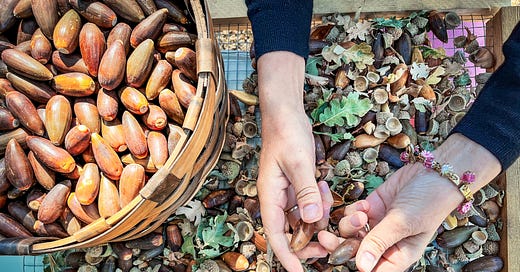




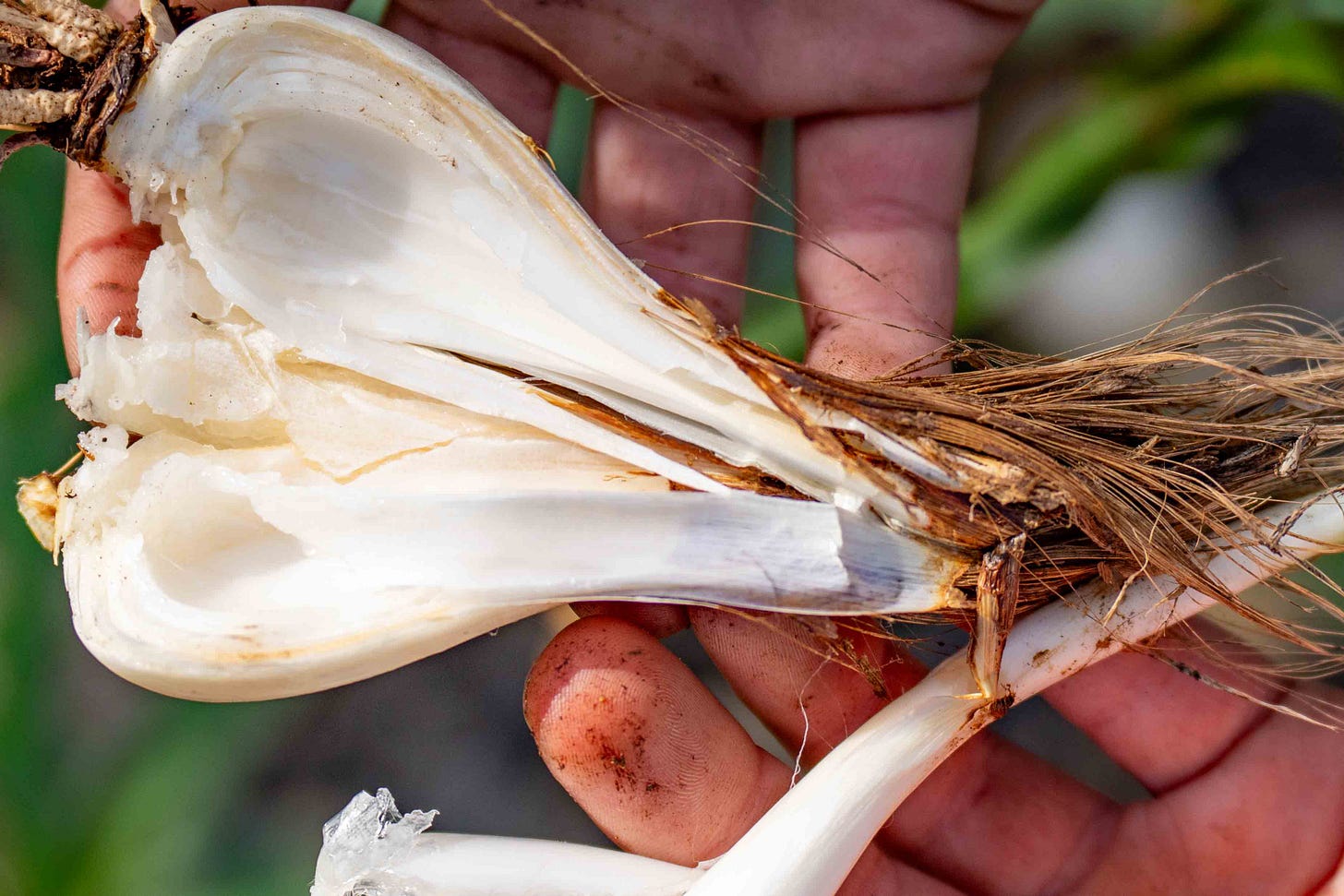
Such an interesting article! I appreciate your careful research!
Excellent article!!! Much appreciated. I would also like to read interviews with present-day Indigenous people who are current stewards of the Napa land and culture they come from. BTW, your Rupert cartoons are hilarious.